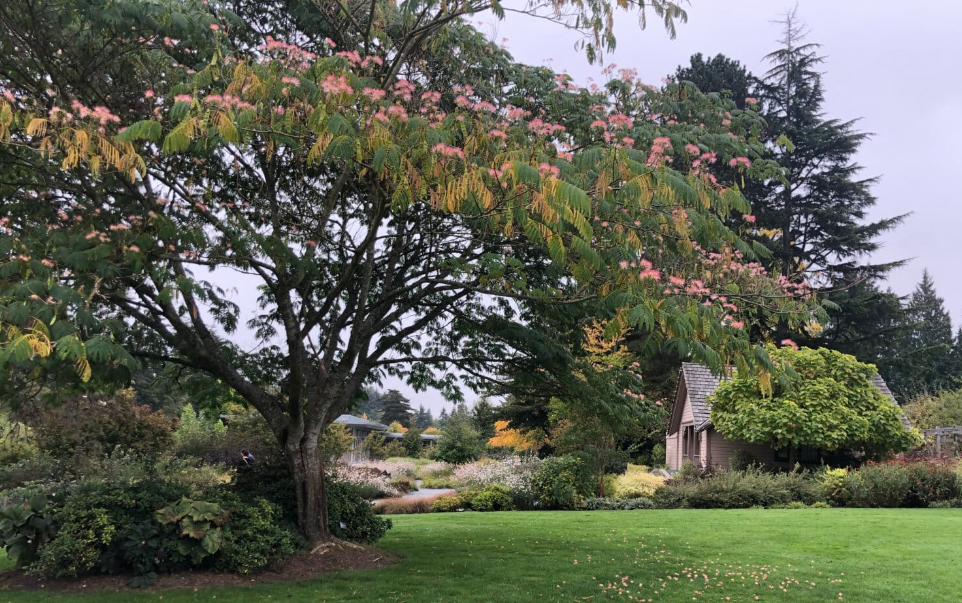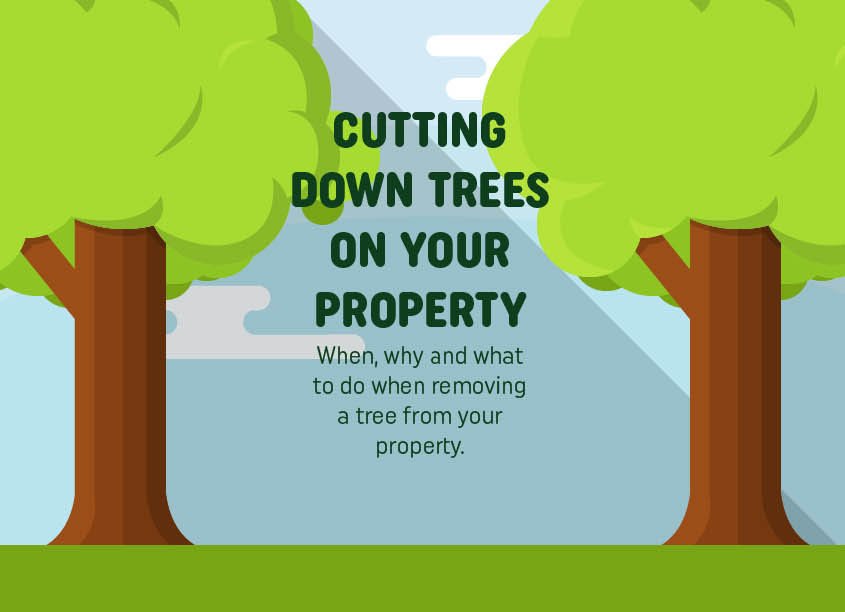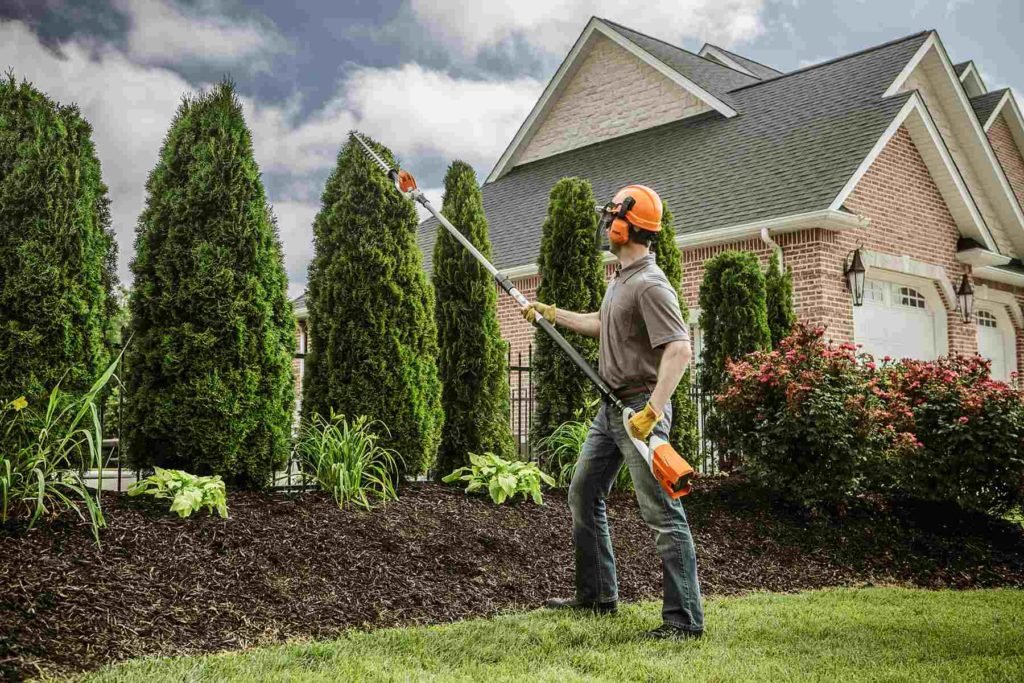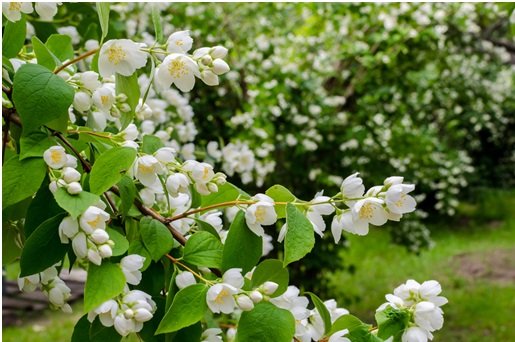Is There a Limit to the Height of a Tree in the Garden?
Whether you live in the suburbs or the country, the height of a tree in the garden depends on many factors. One of these is the climate of your area. If you are living in a hot climate, the tree will be much taller than if you live in a colder area.

Moreton Bay fig
Among the many types of trees that can be cultivated in a garden is the Moreton Bay fig, also known as the Australian banyan. This tree is considered an invasive species, so caution should be taken when planting it.
The Moreton Bay fig is native to the Moreton Bay region of Queensland, Australia. It is an evergreen tree that can grow up to 200 feet tall. Among its characteristic features are huge buttress roots that are used to support the massive tree. These roots can be quite destructive to other trees and structures.
The Moreton Bay fig also has large leaves that are four to nine inches long. The trunk of the tree can be over eight feet wide. The bark is light gray. The fruits of the Moreton Bay fig are round and have sweet edible flesh. The seeds are unpalatable to humans.
The Moreton Bay fig has been intentionally introduced in Hawaii and in other areas of the world. These trees are found in public parks and in many private gardens. In warmer climates, these trees are used as feature trees in public parks.
Persimmon
Whether you want to plant a persimmon tree in the garden or in a container, there are a few tips that can help you ensure the best possible results. These trees require good drainage and a deep root system, but they also need full sun.
The common persimmon tree is a slow grower, but it has beautiful spring blooms. It takes four to eight years for the tree to produce fruit. It is a difficult plant to establish in a backyard setting, but there are many cultivated varieties that are hardy to USDA zone 7.
If you want to plant persimmons in a container, you will need to provide good drainage. You can add compost to the soil to help with this. However, you should avoid compacting around the roots. This can cause moisture lock, which will lead to root rot.
Persimmon trees are prone to alternate bearing, which means that they produce less than ideal fruit in one year and heavy fruit in the next. Fruit thinning can help combat this problem.
Leylandii
Whether you want to create a beautiful screen or hedge, or just need a little extra privacy, Leylandii can be a perfect addition to your garden. The tree is fast-growing and is known for its impressive size. It will provide shelter for wildlife, and is also a good source of shade. However, if this tree in the garden grows too tall, it will block your neighbors’ view.
The Leylandii tree grows well in acidic soil and requires regular maintenance. You can water it with your garden hose, or drip irrigation system.
The Leylandii will also benefit from annual pruning. Trimming the tree will help to maintain its shape, while also allowing it to grow new, green shoots.
If you have a Leylandii hedge in your yard, you might want to consider using a different plant instead. There are several types of groundcover plants that are attractive and will provide shelter for small birds.
You may also want to consider trimming back your Leylandii hedge. If the hedge is too wide, you can prune it back to two or three meters wide. You can also cut it back to one-third of its height.




